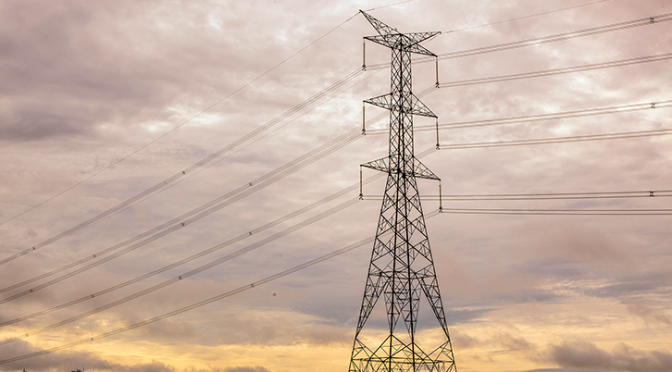Each GW with wind turbines is capable of supplying a city of 500,000 homes. This means that Brazil produces enough wind energy to supply the equivalent of more than 10.8 million homes.
On this World Wind Day, celebrated on June 15, 2022, Brazil registers 21.65 gigawatts (GW) of supervised power in wind energy, that is, the amount of energy measured from the commercial operation of the first generating unit .
The information is contained in the Map of Renewable Energies of the Federation of Industries of Rio Grande do Norte (FIERN), which offers a monthly overview of the sector, based on data from the National Electric Energy Agency (Aneel).
Each 1 GW is capable of supplying a city of 500,000 homes. This means that Brazil already produces enough wind energy to supply the equivalent of more than 10.8 million homes.
Also according to the map prepared by FIERN, the country has 813 wind farms in operation, of which 218 are in the state of Rio Grande do Norte. The president of the Brazilian Wind Energy Association (ABEEólica), Elbia Gannoum, says that the state of Rio Grande do Norte, as well as the Northeast region as a whole, has ideal geographic characteristics for wind power generation, but a favorable environment for investments you need
“In the Northeast, Rio Grande do Norte is one of the states that stands out in wind energy production, either because of its wind nature or because the state has developed policies over the years to attract investors. So, it is very important that, in addition to having the natural resource, the State can receive these investments.”
According to ABEEólica, each BRL 1 invested in wind energy generates BRL 2.90 in Brazilian GDP. Elbia Gannoum highlights the capacity of wind energy to generate economic growth and development in the region where it is deployed.
“We did a study that shows that the GDP of the Northeast region grew around 21% due to the arrival of wind farms and that the Municipal Human Development Index of the regions grew around 20%. This arrival of wind farms, mainly due to the fact that the land is leased, allows a very large injection of income to families in the region. And that income is transformed into consumption, what we call the multiplier effect of the economy”.
Senator Jean Paul Prates (PT-RN) affirms that, ten years ago, Rio Grande do Norte made its own energy transition from oil to clean energy, especially wind energy, but there is still a lot of potential for investment.
“On land, we have a third of our wind potential exploited, [ie] we still have two thirds to explore. Therefore, we have a very positive horizon to generate jobs, circulate income in the cities and make economic use of the resource that, even before, was not used at all”.
The great promise in wind energy is the so-called marine energy, in which wind turbines are installed in the sea, not on land. Currently, there are no offshore wind farms in Brazil, but the country has great potential for installation, said senator Jean Paul Prates.
“Offshore brings the possibility of more intense and constant winds, using even larger wind turbines than those used on land. In addition, Brazil and, especially, the coast of Ceará and Rio Grande do Norte, in addition to having good winds, have a calm and shallow sea. These characteristics lower the investments for the implementation and reduce the operating costs”.
To regulate the marine production of wind and other types of energy and attract investment, Bill 576/2021 is pending in the Senate. Senator Jean Paul Prates (PT-RN) is the rapporteur of the proposal and highlights the importance of a legal framework for offshore wind energy.
“With clear rules for the sector and the creation of this legal framework, companies must unlock investments, because this is an industry that requires time and many resources to develop. Few people should take risks in this sector here in Brazil if they are not clear about how the country intends to manage this sector”, he says.


